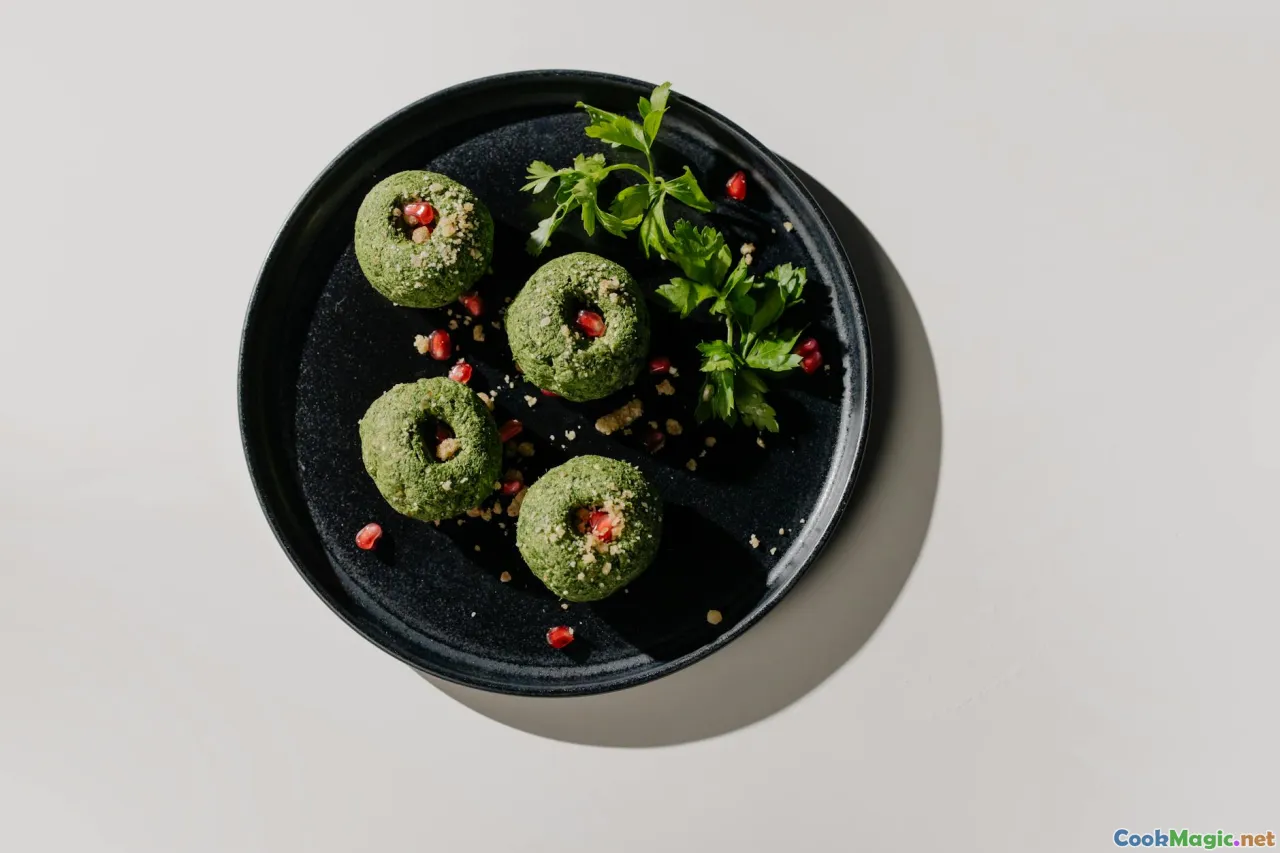Discovering the Varieties of Georgian Herbs and Greens
6 min read Explore the vibrant world of Georgian herbs and greens that bring life to this rich cuisine, revealing their cultural significance and culinary uses. April 17, 2025 05:00
Discovering the Varieties of Georgian Herbs and Greens
An Introduction to Georgia's Green Treasures
Imagine walking through a sun-drenched market in Tbilisi, the capital of Georgia, where the air is filled with the intoxicating scents of fresh herbs and greens. The vibrant colors of mountains of leafy greens beckon you—deep greens, bright yellows, and even purples all competing for your attention. Georgia, a small country nestled at the crossroads of Europe and Asia, boasts a culinary heritage that is as rich as its landscape. At the heart of this extraordinary cuisine are the diverse herbs and greens that not only enhance the flavors of dishes but also tell a story of cultural significance, tradition, and history.
The Role of Herbs in Georgian Cuisine
Georgia's climate and fertile soil provide an ideal environment for an array of herbs and greens to thrive. From the aromatic cilantroanddillto the more exotictarragonandsorrel, each herb carries its own unique flavor profile and purpose in Georgian cooking. These herbs are not mere garnishes; they are integral components of the dishes, creating layers of flavor and enhancing the culinary experience.
- Cilantro (also known as coriander) features prominently in many traditional dishes, lending a refreshing burst of flavor that balances richness.
- Dill, with its delicate feathery fronds, is essential in dishes like khinkali (dumplings) and pkhali (vegetable spreads).
- Tarragon, often used in marinades and dressings, adds a hint of sweetness and a subtle anise flavor.
- Sorrel brings a tartness that cuts through fatty dishes, making it a favorite in soups and salads.
These herbs not only elevate the taste but also pay homage to the land's heritage, echoing the stories of Georgian farmers who have cultivated these plants for generations.
Cultural Significance of Greens
In Georgian culture, food is more than sustenance; it is a means of connection, celebration, and tradition. The use of herbs and greens is deeply intertwined with the country’s social fabric.
Seasonal Celebrations
During the spring, for example, the arrival of fresh herbs signifies renewal and the joy of the season. Families gather to prepare mchadi, cornmeal pancakes often served with a fresh herb salad. The preparation of these dishes becomes a communal activity, where the act of washing, cutting, and mixing herbs transforms into a cherished ritual, filled with laughter and stories shared across generations.
Symbol of Hospitality
Herbs also play a crucial role in Georgian hospitality. When welcoming guests, it is customary to serve a platter of fresh herbs—often including chervil, mint, and parsley—as a gesture of warmth and generosity. This practice reflects the Georgian belief that sharing food, especially herbs that symbolize health and vitality, fosters bonds and creates memorable experiences.
A Journey Through Georgian Herb Varieties
Let’s take a closer look at some of the standout herbs and greens that define Georgian cuisine:
1. Utskho SuneliKnown as Georgia's own spice, Utskho Suneli is a dried herb that combines the flavors of various greens, includingparsleyanddill. Its unique aroma, often described as earthy and slightly sweet, makes it indispensable in traditional stews and meat dishes.
2. TkemaliWhile not a herb per se, Tkemali is a wild sour plum that is often mixed with herbs likecilantroanddill to create a tangy sauce that accompanies grilled meats and fish. This vibrant green sauce is a staple in Georgian households, celebrated for its bold flavor and versatility.
3. Mint
Mint is a prevalent herb in Georgian cuisine, used in everything from salads to desserts. Its cooling effect balances the richness of heavier dishes, making it a perfect accompaniment to kebabs and chakhokhbili (chicken stew). The refreshing aroma of mint fills the kitchen, transforming even the simplest meal into a feast.
4. Dzhondzholia
This lesser-known herb, often referred to as









